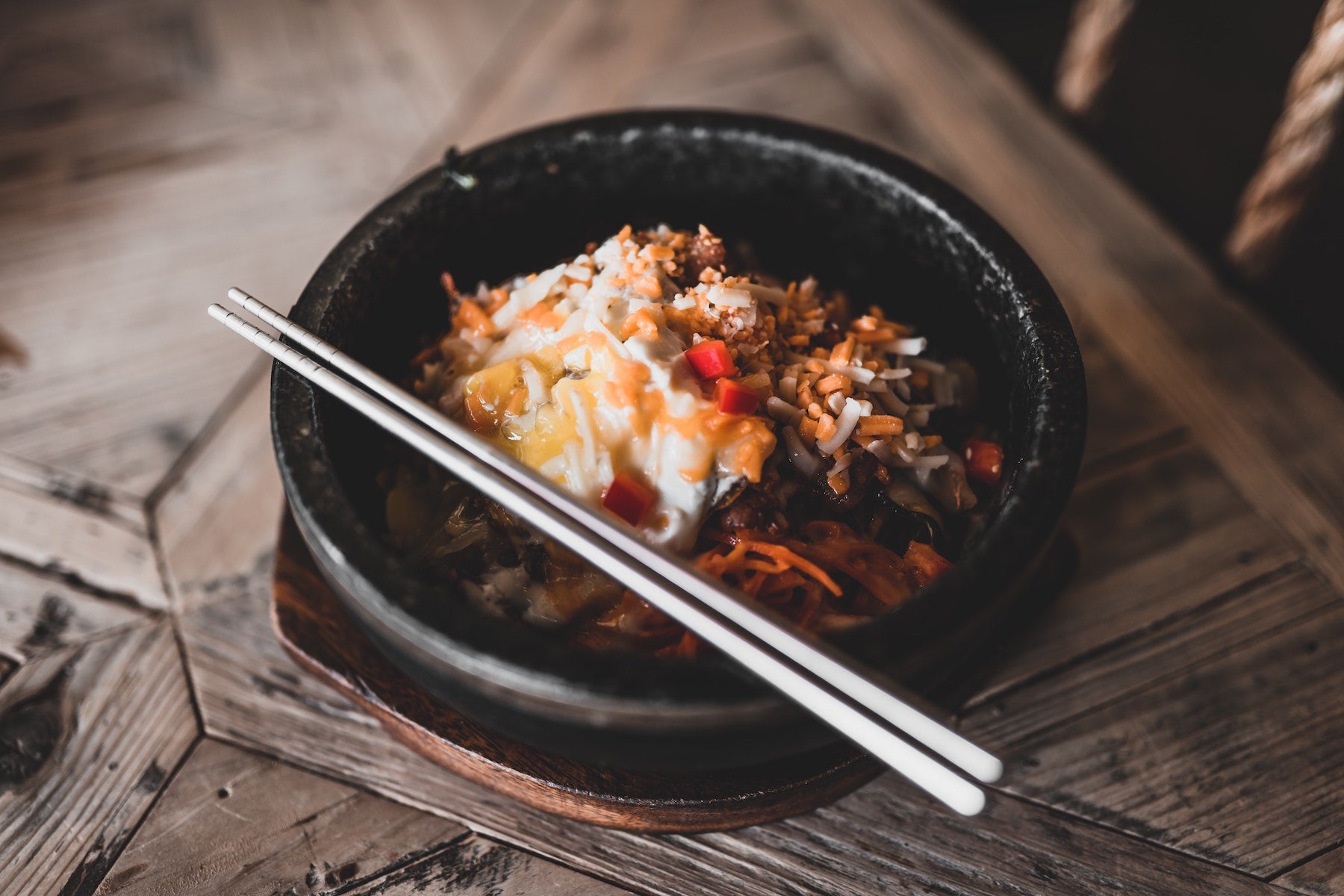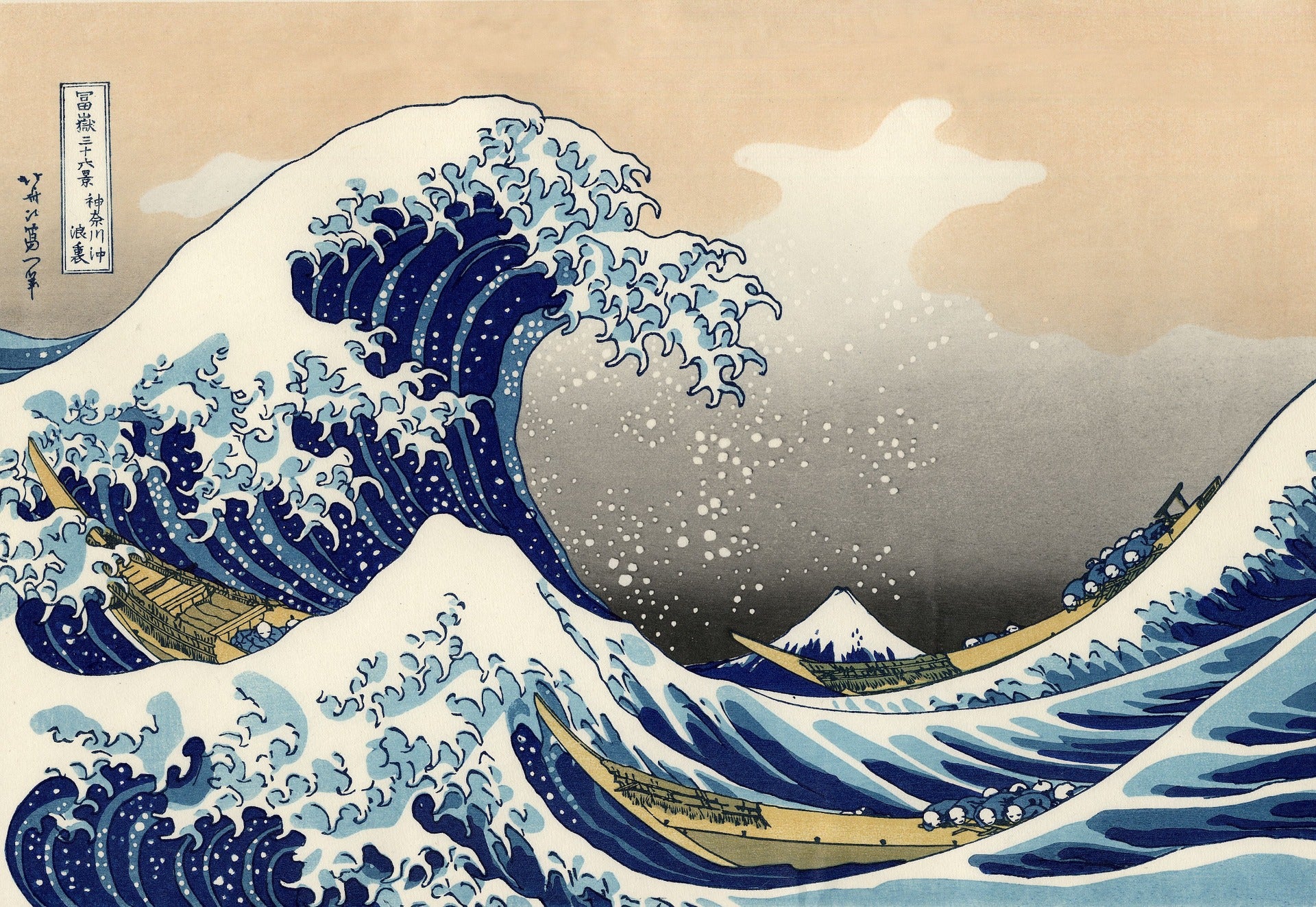
What are chopsticks for?
"It's not practical", "How do I reach for my rice with that?", "But why don't they use forks?"
These are all questions we've all asked ourselves at some point! Chopsticks aren't necessarily more efficient or comfortable, so what's driving Asians to still use them today? And why are they still so ubiquitous?
The origin of baguettes
The first confirmed use of chopsticks in China dates back to 1200 BC , during the Shang Dynasty.
These early chopsticks were made of bronze and were used primarily for cooking . Designed to be much longer than today's chopsticks, the bronze versions could reach the bottom of pots of boiling oil.
For nearly a thousand years, this was the primary function of chopsticks—it wasn't until 400 AD that they were shortened and used for eating. It was around this same time that cooks began serving dishes with pre-cut meat. Consumers quickly realized that chopsticks were perfect for moving these bite-sized pieces from bowl to mouth.
But long before that, the utensil had already received the approval of none other than Confucius himself . The philosopher believed that sharp utensils like knives would remind eaters of the horrible way the meat lay in the bowl. Chopsticks, on the other hand, had a blunt end, thus sparing their users images of the slaughterhouse.
By 500 AD, the use of chopsticks had spread from China to its neighbors Japan and Vietnam, where the design was adapted to local tastes. In Japan, chopsticks were made in different sizes for men, women, and children, respectively. In Vietnam, palm wood was used in favor of bronze and porcelain.
While it was Japan that finally invented disposable chopsticks in 1878 , it was China that came up with this ingenious design that has caused angst among many takeout lovers around the world.

Do they still have any use today?
Many people claim the usefulness and importance of eating with chopsticks.
Eating with chopsticks forces you to eat more slowly and mindfully, which often makes you feel more satisfied with less food!
How? You might ask.
1) You cannot stack food on a chopstick.
2) By default, each bite is smaller.
3) Smaller bites mean you consume the entire meal more slowly.
4) Because it takes a little time for your brain to signal to the rest of your body that you're full, you probably feel fuller after eating less food on your plate.
But let's get to the heart of the matter: how to make your food healthier by simply changing the way you eat it...
When you eat more slowly, you also eat with greater intention, which ultimately facilitates more deliberate, or mindful, eating. Eating this way helps you savor and appreciate your food . Each morsel receives the attention it deserves. Often, we settle into lunch while staring at our to-do lists and scrolling through Instagram. Chopsticks demand more attention, bringing you deeper into the present moment. Imagine driving an automatic vehicle rather than a manual one. Much like the pronged fork and the accompanying knives and spoons, the automatic is designed to operate on its own. Chopsticks, on the other hand, make the eating process more active.
Slowing down and enjoying the experience of "eating" aren't the only benefits. Research shows that eating with chopsticks lowers the glycemic index of the food you eat, thanks to the way they make you eat. Because eating with chopsticks means eating less at a time and eating more slowly, the glycemic index of food decreases. If you're not familiar with it, the glycemic index indicates how quickly food raises your blood sugar. The slower, the better.
So, for one week, why not try eating with chopsticks instead of regular utensils? Buy your own chopsticks to save waste and see how it goes.
If you're not sure where to find some, don't hesitate to take a look at our chopsticks category at Japan at Home ! We have many chopstick sets, each one as beautiful as the next.


